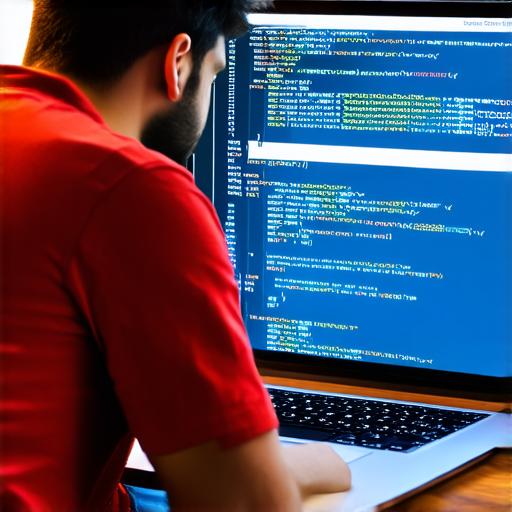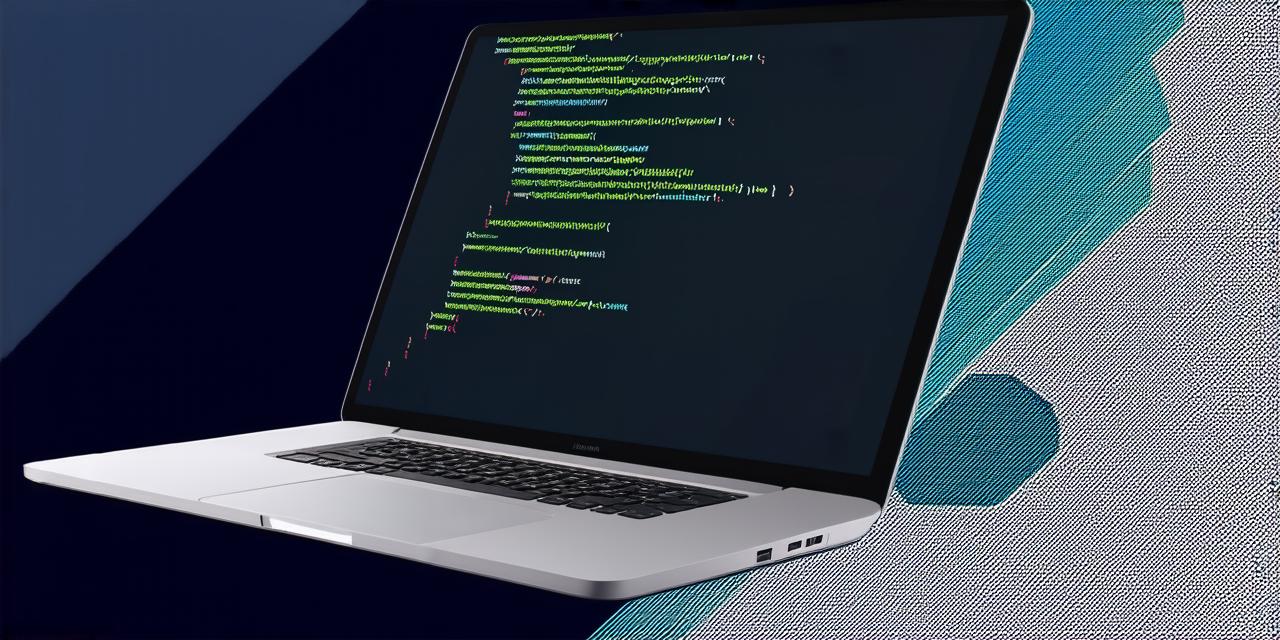Blockchain technology has been around for over a decade now and has gained significant traction in recent years, thanks to its decentralized, transparent, and secure nature. It’s no surprise that developers are eager to learn how to code on the blockchain and leverage this innovative technology for various use cases.
Introduction to Blockchain Programming
Before diving into the details of coding on the blockchain, it’s essential to understand what a blockchain is and how it works. A blockchain is a distributed ledger that records transactions in a secure and transparent manner. It’s made up of blocks, which contain batches of validated transactions. Each block is cryptographically linked to the previous one, creating an unalterable chain of information.
The Basics of Blockchain Programming
Cryptography is the practice of securing information by encoding it in a way that makes it difficult for unauthorized users to access or read. It plays a crucial role in blockchain programming, as it’s used to secure transactions and prevent fraud.
Consensus Mechanisms are protocols that ensure all participants in a blockchain network agree on the state of the ledger. There are various types of consensus mechanisms, including proof-of-work (PoW), proof-of-stake (PoS), and delegated proof-of-stake (DPoS). Each mechanism has its own advantages and disadvantages, so it’s essential to choose one that suits your needs.
Smart Contracts are self-executing programs that run on the blockchain and automate the enforcement of an agreement between two or more parties. They can be used for various use cases, such as decentralized finance (DeFi) applications, supply chain management, and voting systems.
Decentralized Applications (DApps) are software programs that run on the blockchain and provide a secure and transparent way for users to interact with each other. They can be used for various use cases, such as gaming, social media, and e-commerce.
Intermediate Blockchain Programming
Off-Chain Computing is the process of performing computations outside of the blockchain, while still relying on its security and transparency. It can be used to improve the performance and scalability of decentralized applications, as it allows for more efficient computation off the blockchain.
Private Blockchains are blockchain networks that are not publicly accessible and are only used by a specific group of participants. They can be useful for organizations that want to maintain control over their data and prevent unauthorized access.
Blockchain Governance refers to the process of managing and making decisions about the development and maintenance of a blockchain network. It’s essential for ensuring that the network remains secure, transparent, and decentralized.
Advanced Blockchain Programming
Ethereum Programming

Ethereum is one of the most popular blockchain platforms and has its own programming language called Solidity. It’s used to create smart contracts, decentralized applications, and other blockchain-based solutions. In this section, we will provide you with a comprehensive guide on how to code in Solidity.
Decentralized Finance (DeFi)
Decentralized finance is an emerging field that leverages blockchain technology to create financial instruments and services that are more transparent, secure, and accessible than traditional finance systems. In this section, we will provide you with an overview of DeFi applications and how they are built using blockchain programming.
Blockchain Regulation
Blockchain regulation refers to the laws and policies that govern the development and use of blockchain technology. It’s essential for understanding the legal implications of blockchain programming, as it can vary widely depending on the jurisdiction.
Conclusion
Coding on the blockchain is a complex and challenging task that requires a deep understanding of various concepts and technologies. However, with the right knowledge and resources, it’s possible to create innovative solutions and applications that leverage the power of blockchain technology. In this article, we have provided you with a comprehensive guide on how to code on the blockchain, covering everything from the basics of blockchain programming to advanced topics such as smart contracts and decentralized applications. We hope that you found this guide informative and useful in your journey to becoming a proficient blockchain developer.
